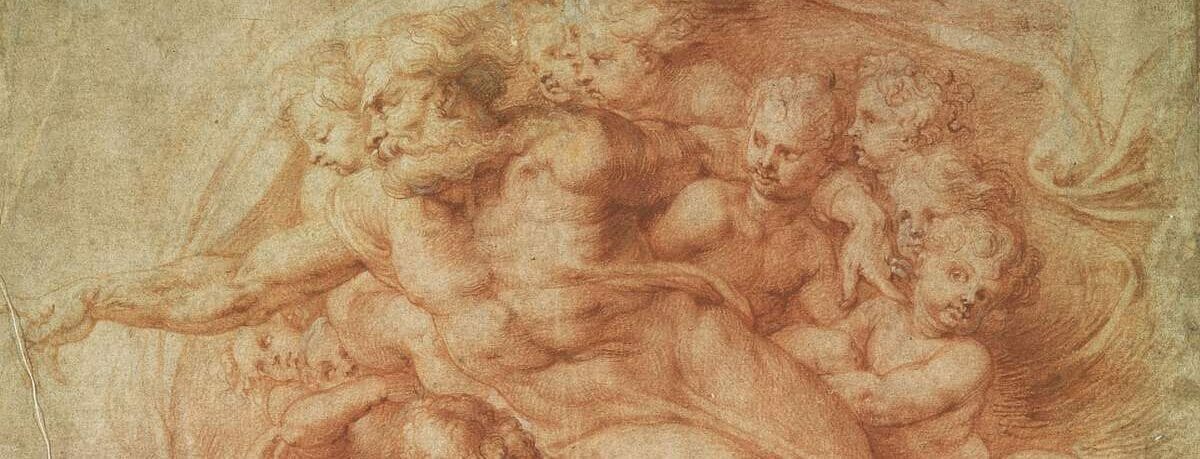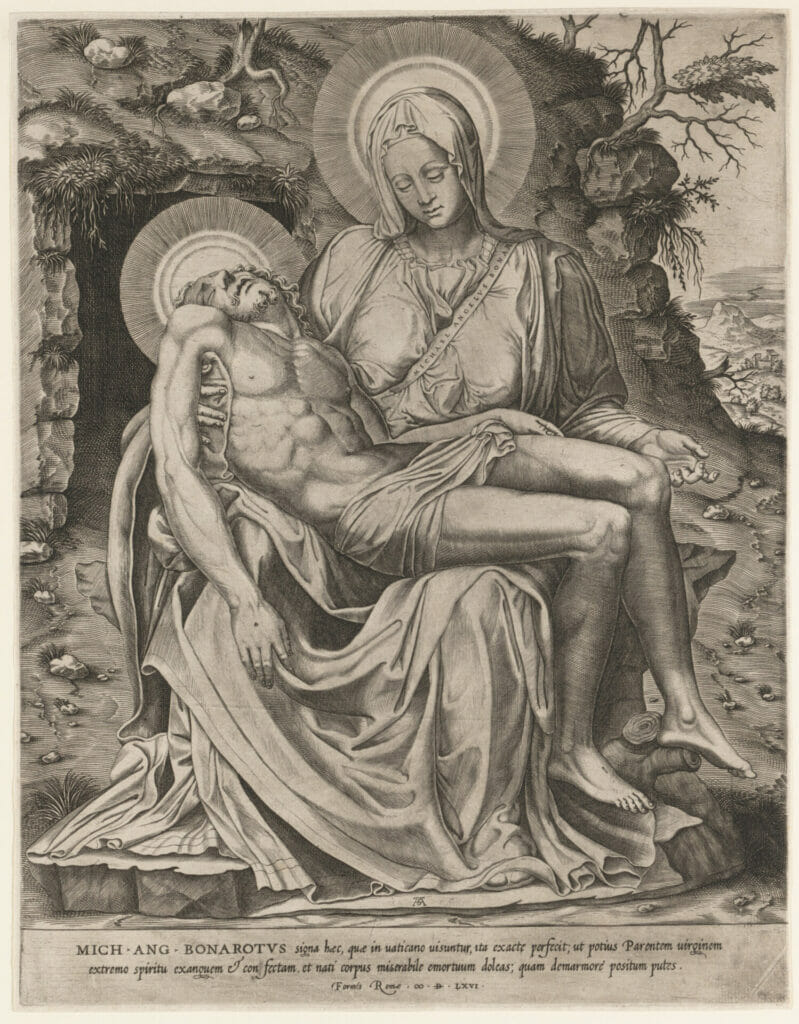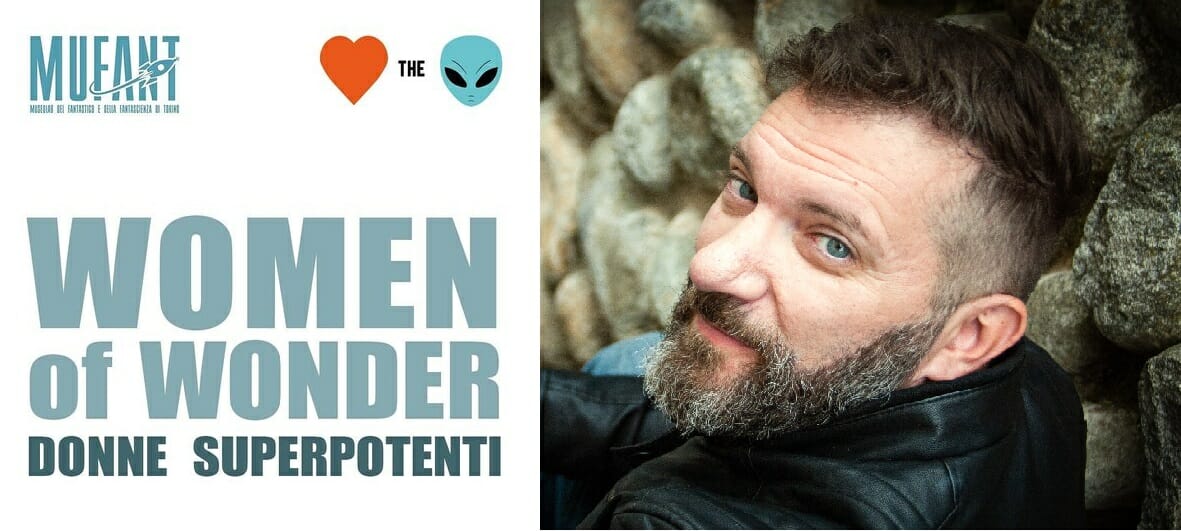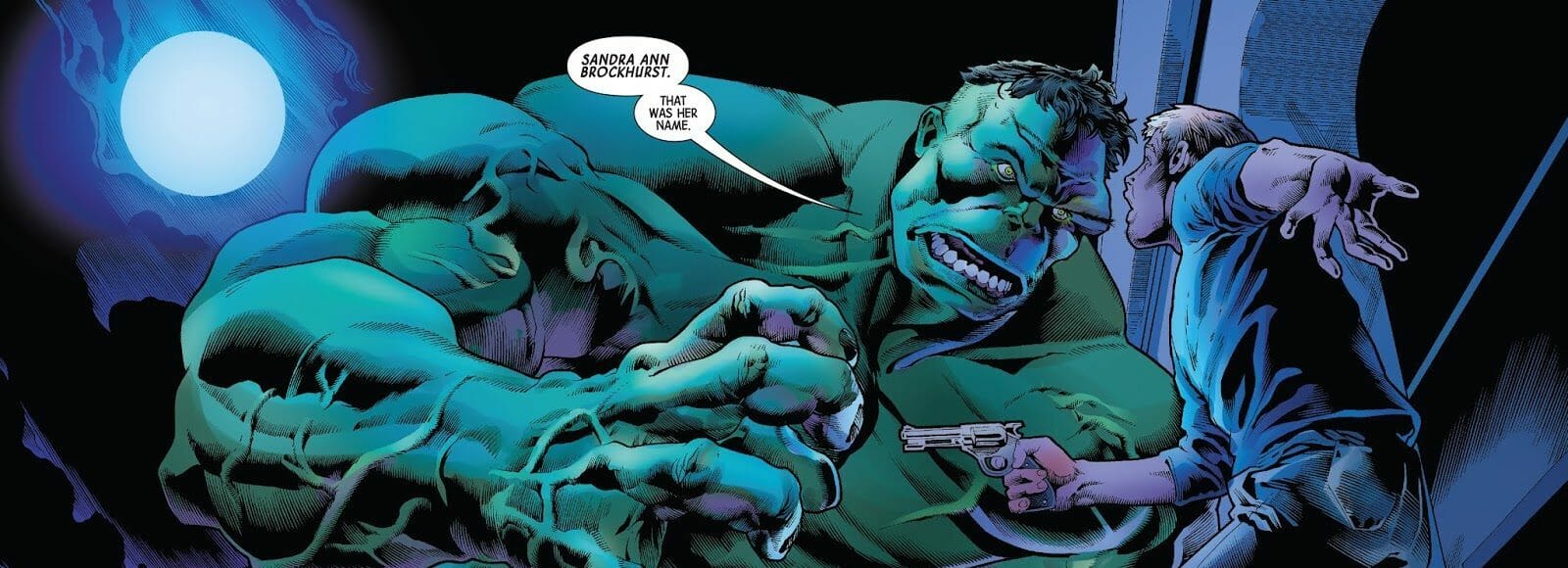
Volume Three of the Guardians of the Galaxy (James Gunn, 2023, Marvel Cinematic Universe) honours and completes the previous episodes since the beginning. The opening with Radiohead’s Creep prepares the public for the emotional impact and the concepts of the whole movie. Among the main themes, there are memory and creation. They are recalled by references to the works of one of the greatest personalities and works of the Renaissance: the Pietà and the Creation of Adam by Michelangelo Buonarroti (1475-1564).
Michelangelo’s Creation of Adam and Pietà: Iconic and Immortal citations
While watching the movie, the public can recognize that art history is the guest star in a couple of scenes. There are indeed two cameos of artworks by Michelangelo Buonarroti. The first is the Creation of Adam from the Sistine Chapel, and the second is the statue of the Pietà (St. Peter’s Basilica, Rome). The Creation is one of the framed sections of the whole fresco decoration of the Sistine Chapel ceiling. Michelangelo painted it and the bottom wall solo in four years, finishing the work in 1512. The scene is part of the nine central stories of Creation from the Book of Genesis. It comes before the Creation of Eve and after the Creation of the world. The gesture of God became iconic and inspiring for many subsequent artists and is still a pop icon nowadays.

after Michelangelo Buonarroti
1566. Image courtesy of The Metropolitan Museum of Art.
Michelangelo sculpted the Pietà between 1497 and 1499 for Jean de Bilhères (1434/39-1499), ambassador of King Charles VIII (1470-1498) at the court of Pope Alexander VI (1431-1503). The group became famous as it represented something innovative within Renaissance art. The iconography followed the Nordic model but renewed it by using the Leonardesque triangle scheme in the composition. The Virgin’s aspect is young, following the spiritualisation process also launched by Leonardo. There is no pain in her expression, different from the Nordic versions of the group (IMAGE). This sculpture finds many citations also in various comic books, according to comic fans, so that sometimes they see it as ‘plagiarism’.

Marvel’s Olympus and its version of a new Renaissance
[Spoiler Alert] Adam Warlock (Will Poulter) is the powerful and perfect being created by the High Priestess (Elizabeth Debicki) of the Sovereign civilization. He bursts into the Guardians headquarters, Knowhere, to retrieve Rocket (Bradley Cooper), one of the creations of the High Evolutionary (Chukwudi Iwuji), who has shown himself capable of creative thought. The attempt fails, and he comes back to his mother, upset. At that moment, she takes him on her lap, just like the Virgin does in the Pietà, hushing her son and reclining her young beautiful face. In this case, the whiteness of the marble is replaced by the golden tones. They overwhelm the environment, harmonizing with the armours of the two and with their hair, skin and dark golden eyes. Everything recalls godliness; thus, the Renaissance art of Michelangelo served to support a new holiness. Christian art served to recognize the new Olympus of the Marvel Universe.
As soon as the Guardians succeed in their last mission – saving Rocket from the High Evolutionary’s experiments and defeating him – Peter (Chris Pratt) drops his Zune and goes back to retrieve it. He does not have time to escape to safety, starts to freeze, his face swells up, and his body floats away. All of a sudden, Adam Warlock’s finger appears close-up. The frame widens, and the two hands and the figures are just like in Michelangelo but chased by golden flames. While we expect the spark of life to start, Adam seizes Peter’s arm and hugs him to a safe rescue. The silhouette of the iconic gesture is clear, while the plain perspective of Michelangelo becomes a background of fire and explosions. The two figures appear, however, isolated and idealized like the Sistine ones, before going back to the Guardians.
Symbolic images: The gold and the flame?
In the photography choices, elements are relevant to the plot and the concept that the two artistic citations convey. First of all, the gold: either in the scene with the High Priestess or the one with Star-Lord, the golden tones are prominent, swarming into the image. The golden vision is present in scenes involving the High Priestess and her son, symbolizing more than power and perfection. Gold is indeed the element of pure light in which God lives from a Christian perspective. However, in a pagan world, gold is the element of wealth and idolatry. Adam shines a brilliant shade of gold when he is in his full powers and vitality. When he is not and lays on the lap of his mother, this glow decreases to a browner tone.
The scene of the rescue of Star-Lord contains a shade of gold again, but the explosion and the flames hold a leading role. They contrast indeed with the traits of Peter Quill, who freezes and starts to become pale blue. As the citation is from a Christian artwork, the first meaning that flames suggest is the one of martyrdom. Flames are attributes of some of the most famous saints as well as of the Holy Ghost in the Pentecost. They also symbolize the torments of Hell and religious fervour. Peter accomplishes an apparently innocent gesture as he takes the risk while retrieving a small insignificant object. Nevertheless, that object is of great value to him. It represents the preservation of human civilization, parallel to the rescue of Rocket’s fellows, other living beings with values. That object to Peter is the hope of surviving of its human part, the emotional one that links him to the past and to his memories.
Adam: Creature or creator? Overturning the creation patterns
[Spoiler Alert ]The classical iconography of the Creation of Adam in art follows mainly three variations. The first represents God who breathes life into Adam’s nostrils. In the second type, God places a small flying figure to Adam, the spirit of life. God touches Adam with the right hand while pointing a finger.
In the movie sequence, the scene in question only focuses on some details of Michelangelo’s Creation. The figure of Adam is results-focused, while Star-Lord does not have the youthful expression of the Italian artwork. He is indeed becoming frozen, meaning his gaze is fixed and lost. The hand of Peter and the finger of Adam Warlock are the focus of the sequence, even though the gesture of Adam, who embraces Peter, is surprising.
Visualizza questo post su Instagram
Of course, the parallel between Adam Warlock and the first of the humans is flawless. In origin, his character appeared with the name “Him“, the male parent of the whole of humanity. The same name, “Adam”, connects to humanity as its original meaning is “linked to the earth”. The role of Adam Warlock is, therefore, changed: he is no longer the creature but the creator. Indeed, Adam’s finger looms suddenly on the screen as the creators’: it represents the means that God used to give life to humans, but previously to spare Darkness and Light, to create the stars and the Sun and to generate Nature’s realm. In this tragic situation, Adam Warlock changes his role: he is firstly a creature of the High Priestess, a kidnapper who only obeys high orders. Now he has evolved and learned new values and principles, choosing to be the creator and save one significant life.
The beauty of Marvel Universe is indeed the variety of references and the ability to give birth to a brand new Renaissance and at the same time to move comic fans. New generations of the public can indeed learn significant values and get curious about art history while enjoying their favourite hero adventures. Michelangelo created an iconic yet holy pantheon in his day, nowadays Marvel gives birth to a new one, inspired by him and universally recognised.








